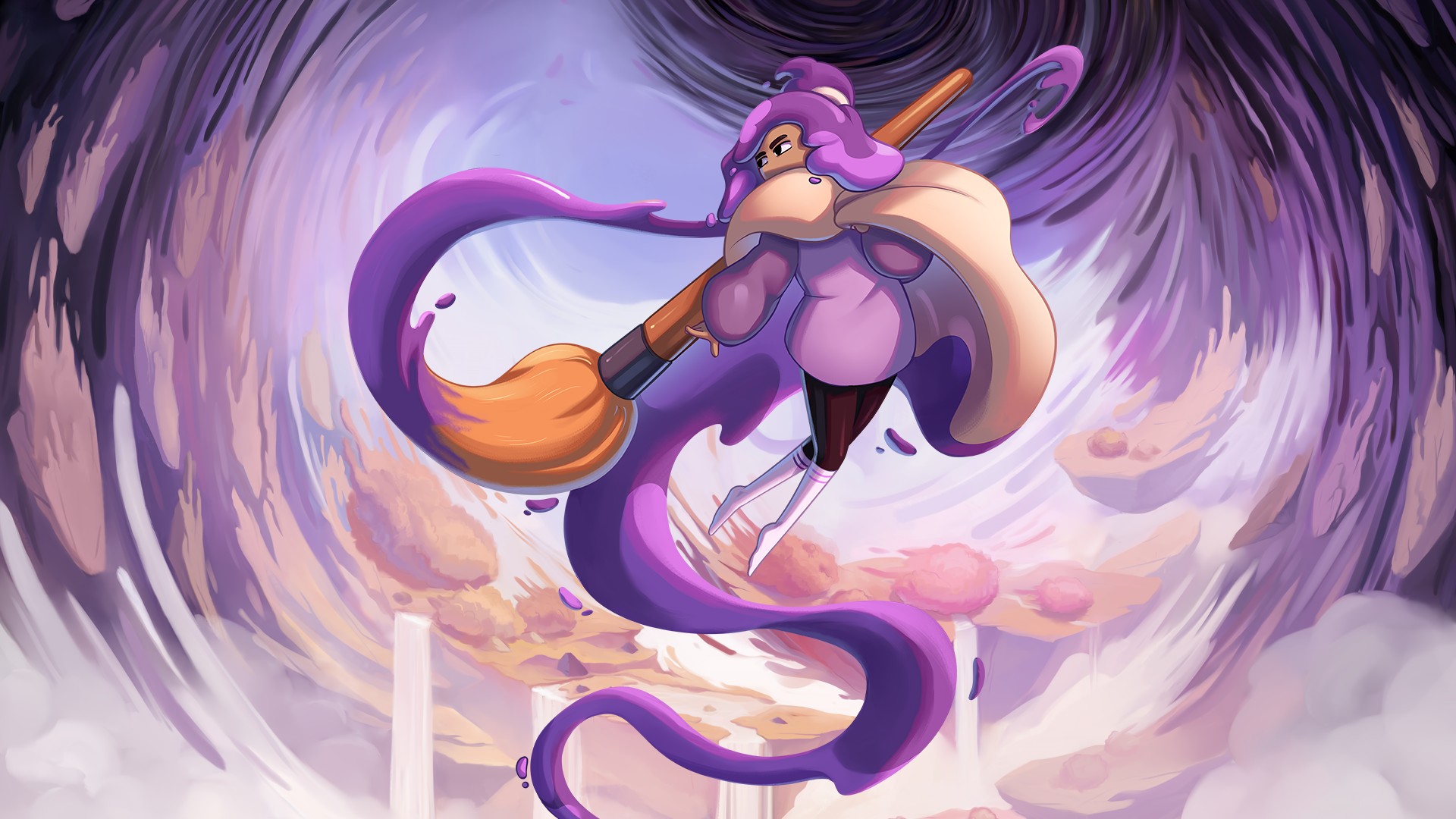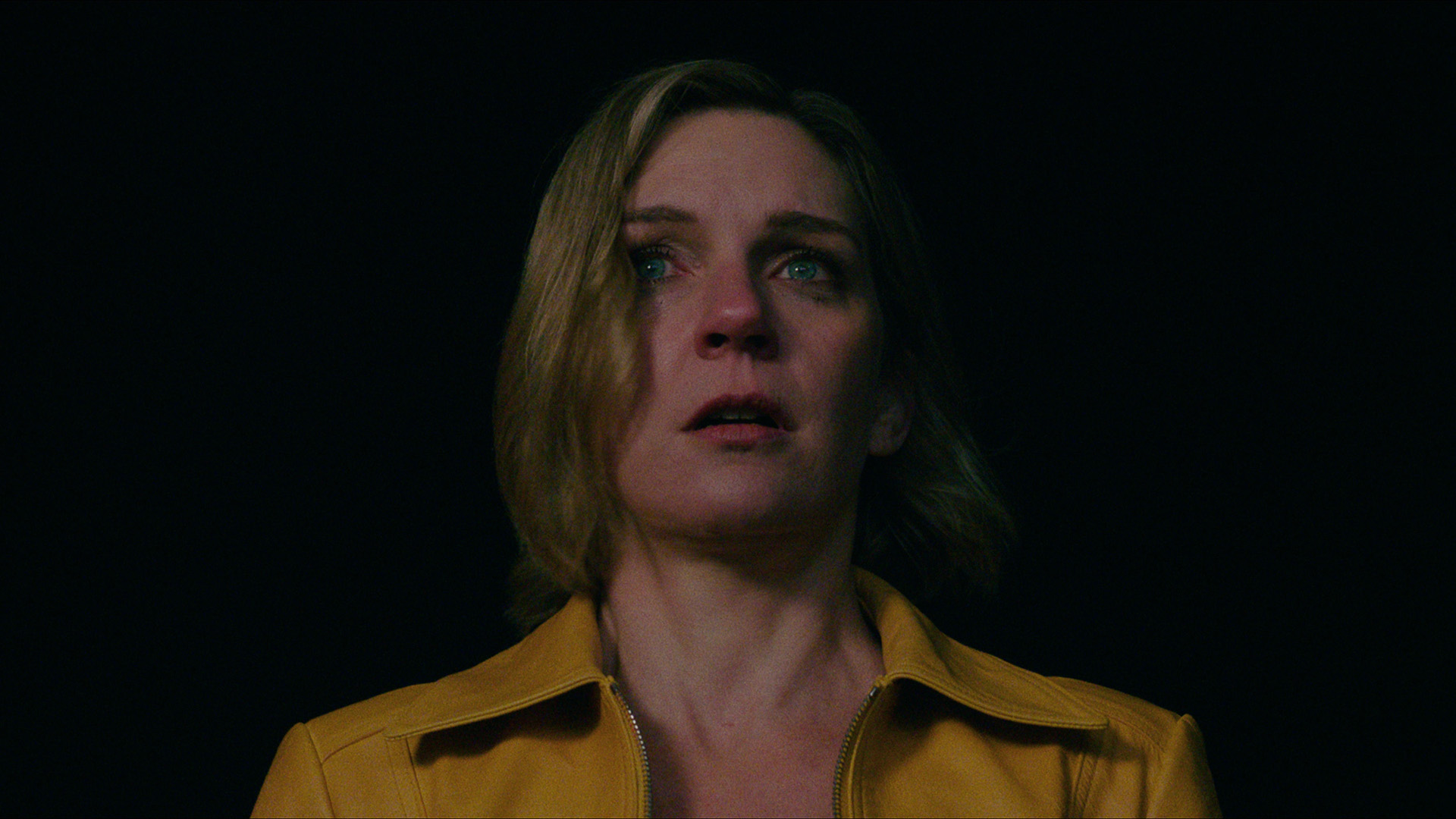D&D second edition cleaned up the game's act, for better or worse
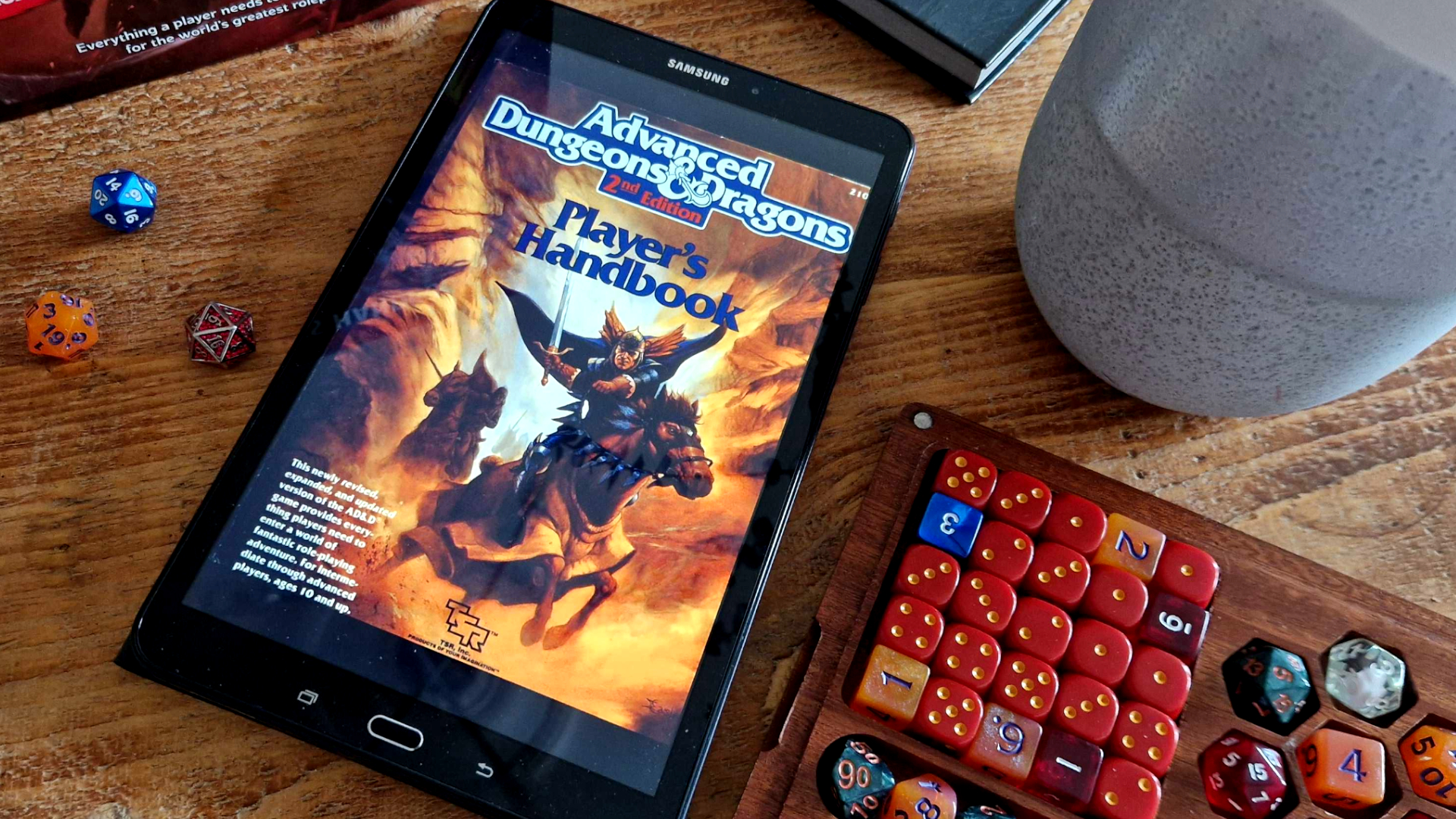
As wholesome an activity that playing D&D generally is, it's still a game rooted in brutal combat systems, twisted monsters, and magical spells, which all garnered a lot of negative publicity in the 1980s at the height of the Satanic Panic in the US.
These days, we know this to be nonsense, sparked by tenuous conjecture from those who'd never played the best tabletop RPGs and overblown by sensationalized storytelling by the media – and we have plenty of evidence as to how therapeutic the act of playing TTRPGs can be. But this country-wide panic had a formative influence on the direction of the next D&D edition.
In 1989, TSR Inc released Advanced Dungeons & Dragons: Second Edition. It came six years after the launch of Advanced D&D, and after D&D creator Gary Gygax had left the company, thanks to disagreements over company governance that saw him ousted in a Succession-esque coup.
This new edition, known as '2E,' loosely marks the moment that gamers lost control of the brand to more stereotypical business people and it shows in the resulting game, which traded some of the flavor and chaos of D&D's earliest editions for a more standardized and inoffensive system.
Devil in the detail
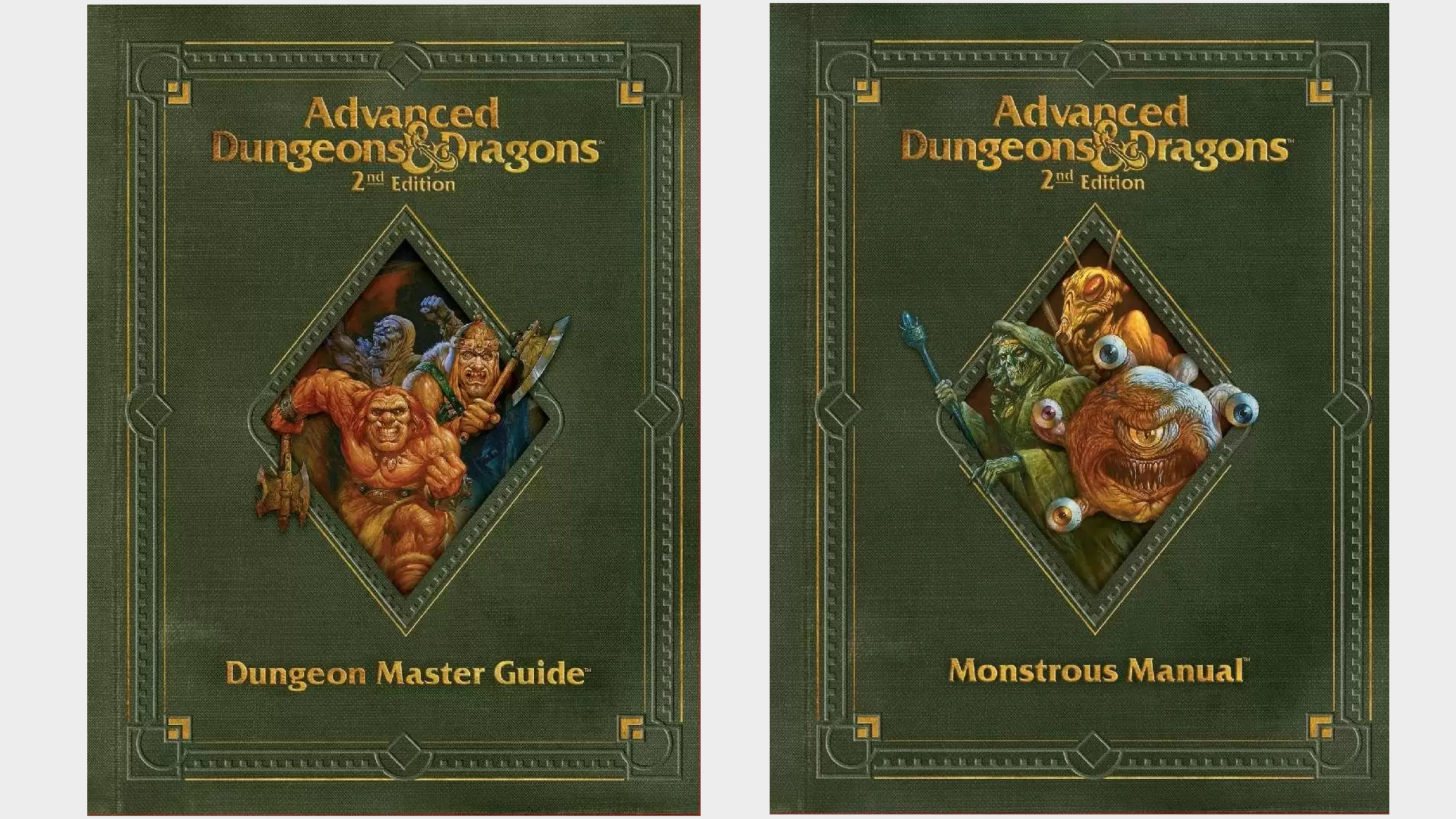
To start, 2E was intended to sidestep negative publicity around the game’s links to satanic practices. Ostensibly 'evil' playable character options like the assassin, or half-orc, were removed from the core rules, while monsters based on devils and demons were quietly dropped in favor of a larger emphasis on dragons and giants as challenging opponents – 2E monsters generally became stronger, too. The devils and demons came back in a 1991 supplement, anyhow, just rebranded as Baatezu and Tanar’ri instead.
But this non-Gygax edition also did much to improve balancing across the game's many complex systems, reorganizing the core rules with a host of new mechanical quirks.
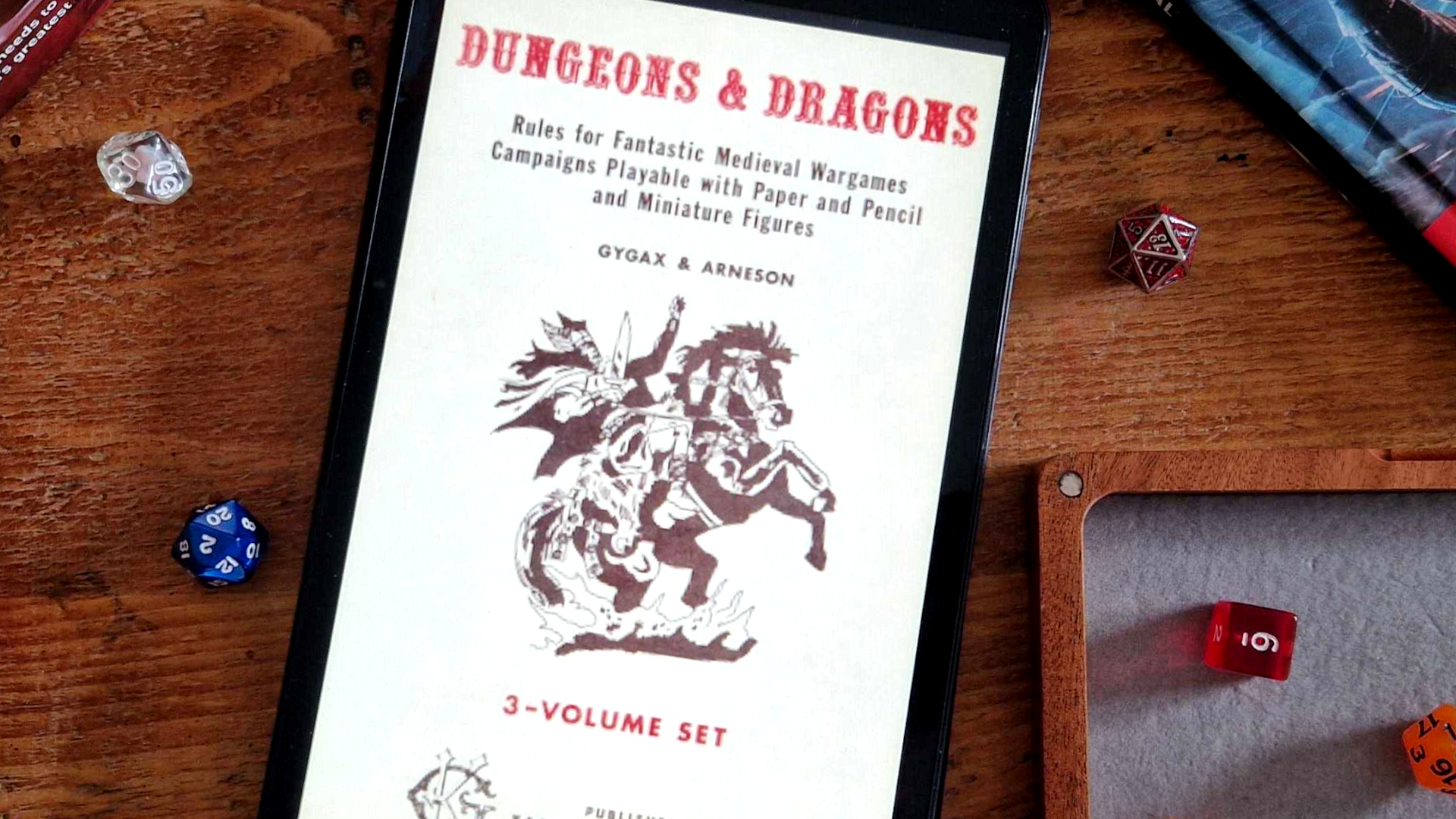
Wondering how things got started? The first edition of D&D conjured magic from a mess, and changed gaming forever.
For one, 2E marked the appearance of critical hits – the ability to double your damage output on an attack if you roll a 20 on the die. The last edition's Basic Rules considered a 'natural 20' to be an automatic hit, but this was the first time it changed how much damage you could actually do – something you still see in the current edition of the game today. And if your character changed their moral alignment, you no longer dropped down a level, instead simply requiring more experience to get to the next one.
Weekly digests, tales from the communities you love, and more
Classes were reorganized into a more consistent structure, with each class fitting into a Warrior, Priest, Wizard, or Rogue category. Druids were now a subset of Priests, alongside the Cleric, with a shared spell list. The Illusionist officially became a Wizard subclass instead of its own entity – with a wizard character now specializing in a school of magic such as divination, illusion, or necromancy for the first time.
The Bard, the magical musician class themed after traveling minstrels, got a huge overhaul in Second Edition as well. In 1E, the Bard could only be played by multiclassing in a specific way and rolling very high ability scores, making it very difficult to actually play one. But 2E changed the Bard into an off-the-shelf class you could pick right away. As one of the 'Rogue' classes, it benefited from both Thief abilities as well as the spells of other classes, though the 2E Bard dabbled in Wizard magic rather than the Druid magic used in 1E.
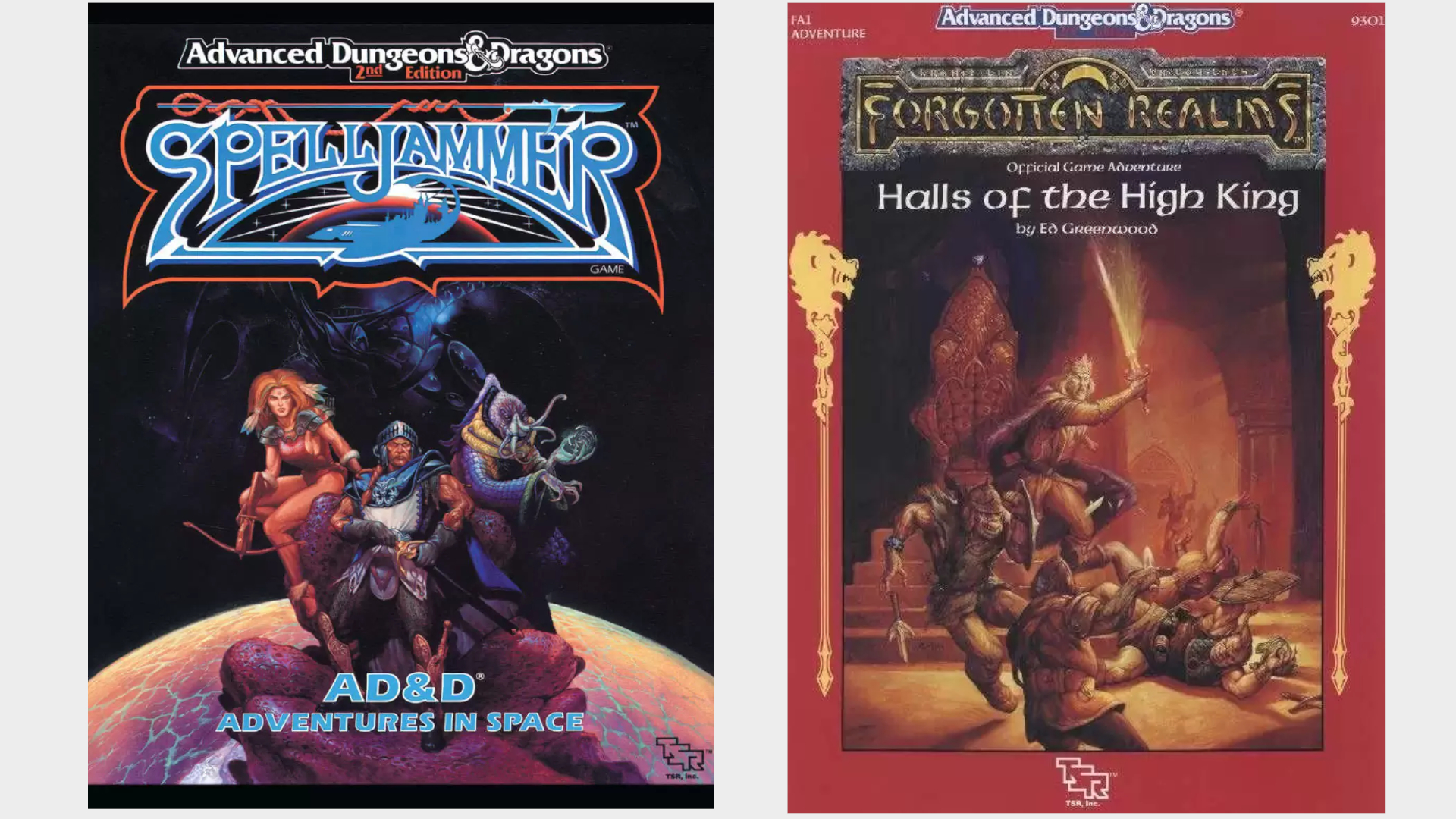
Damage for attack spells became more standardized too, capping at a maximum 10 dice for higher-level characters: for example, 10d6 damage for a Fireball spell instead of 20d6. 2E also formalized and expanded proficiencies for things other than weapons – what would become 'skills' in later editions – that had appeared in some 1E supplements previously.
Through D&D's many editions, Armour Class (or 'AC') corresponds to the level of defense in a player's armour. In 1E, players had to consult a complex series of tables for calculating what roll was needed to hit a certain AC - and the lower the number, the lower the probability of being hit. 2E replaced this with THAC0, or 'To Hit Armour Class Zero', a number that determined how easily a character could bring an enemy's armour class to 0, based on their class and level. If you had a THAC0 of 10, for instance, you could hit an AC of 3 only if you rolled a 7 or higher, and so on. Later editions simplified this rule much further, but it was still a step in the right direction.
No more binaries
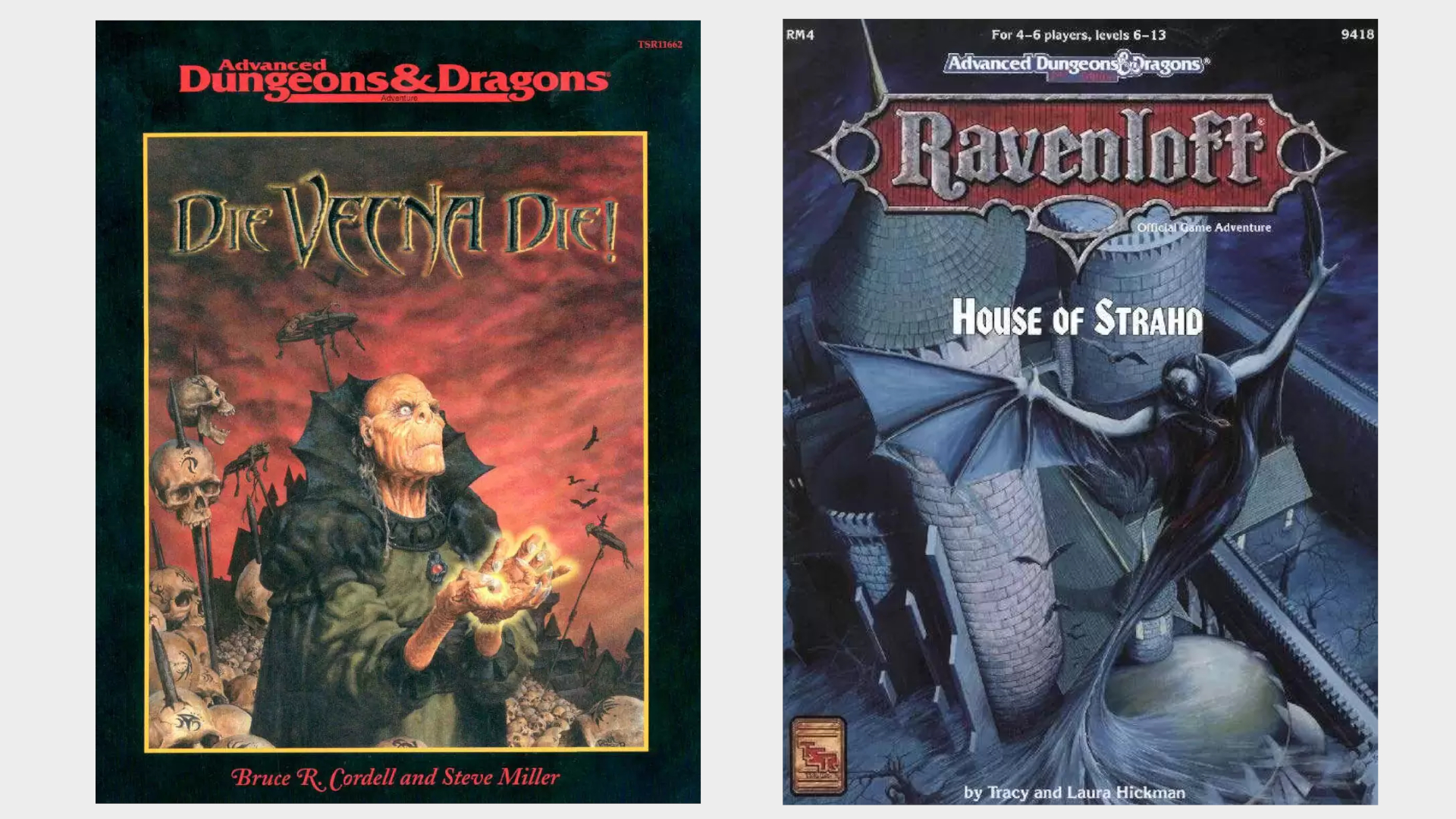
But 2E wasn't just a reorganized system, and the game's various supplements over the years - such as Forgotten Realms Adventures and The Complete Psionics Handbook - introduced plenty of new concepts to the game. This edition marked the first appearance of time magic in the Chronomancer supplement, which was revisited in a big way through 'dunamancy' in the Critical Role actual play series, as well as the unpredictable 'Wild Magic' now associated with the 5E Sorcerer.
Another positive change in Second Edition was the removal of biologically deterministic stats. 1E capped the maximum Strength scores of female characters lower than male ones for most races, while an early D&D supplement even suggested giving women a Beauty stat instead of standard Charisma. Sigh.
2E removed these restrictions from the core rules, ensuring female characters could partake in the same kinds of roleplaying fantasies as their male counterparts. Gygax himself had said that this limit "doesn’t make a great deal of sense" in a fantasy game – despite including them in the first place – and this was a good first step towards the more inclusive TTRPG community we have today.
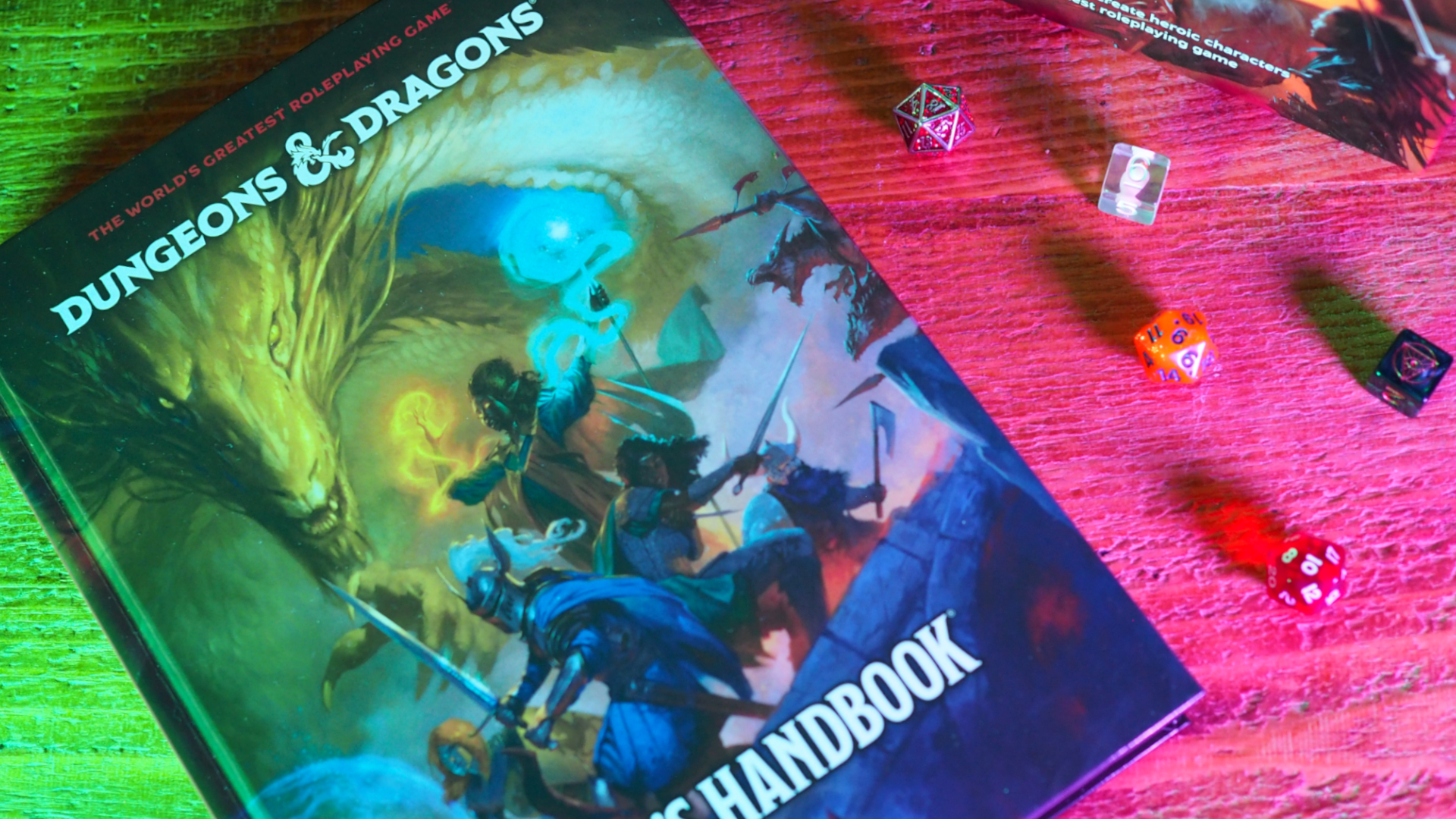
Big changes are coming to the game these days, but you can forget classes, my favorite thing about the new D&D Player's Handbook is its art.
Alongside AD&D 2E, though, the company was continuing to market and sell the BECMI rulesets – Basic, Expert, Companion, Master, and Immortal – which offered a stripped-down alternative to the mainline game for a broader audience. In 1991, TSR released the Dungeons & Dragons Rules Cyclopedia, which repackaged the BECMI rules in a final compilation, just without the high-level Immortal supplement where you essentially play as gods.
However, the sheer volume of materials for this once-basic ruleset had turned it into a complex beast of its own, ensuring that TSR wouldn’t keep both the Basic and Advanced lines of the game running forever. It wasn’t until the year 2000 that we finally saw both design philosophies blended into a single edition with the launch of Dungeons & Dragons 3E.
This is the second installment in our five-part celebration of Dungeons & Dragons. Check back soon for our overview of D&D 3E (Third Edition) and how the game adapted to the 21st century!
So far as today's version of the game goes, the D&D 2024 classes are well balanced – but have they lost their soul? Its creative director doesn't think so, and says that D&D "didn't burn the game down" for the new rulebooks: it's still the RPG you love.

Henry St Leger is a freelance technology and entertainment reporter with bylines for The Times, GamesRadar, IGN, Edge, and Nintendo Life. He's a former staffer at our sister site TechRadar, where he worked as the News & Features Editor, and he writes regularly about streaming, games, D&D, and a host of home technologies including smart speakers and TVs. He lives in London with his Nintendo Switch (OLED) and spouse (not OLED).
